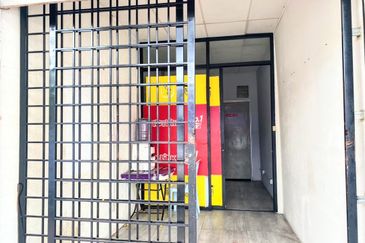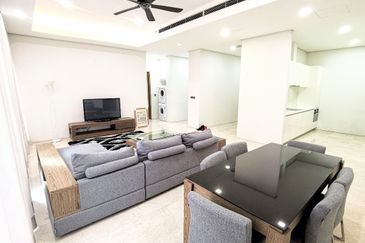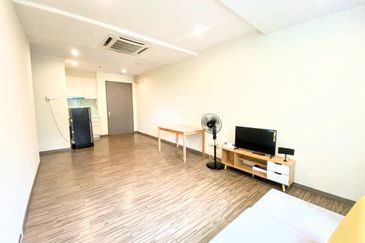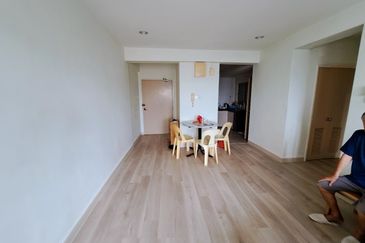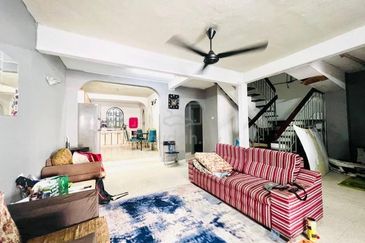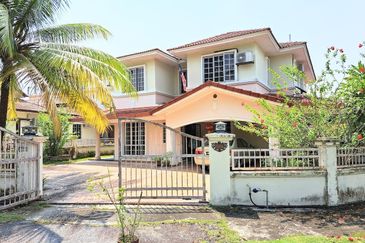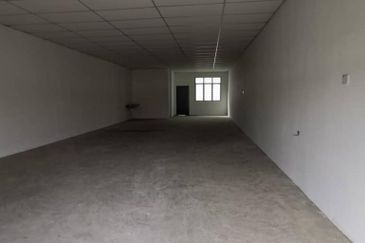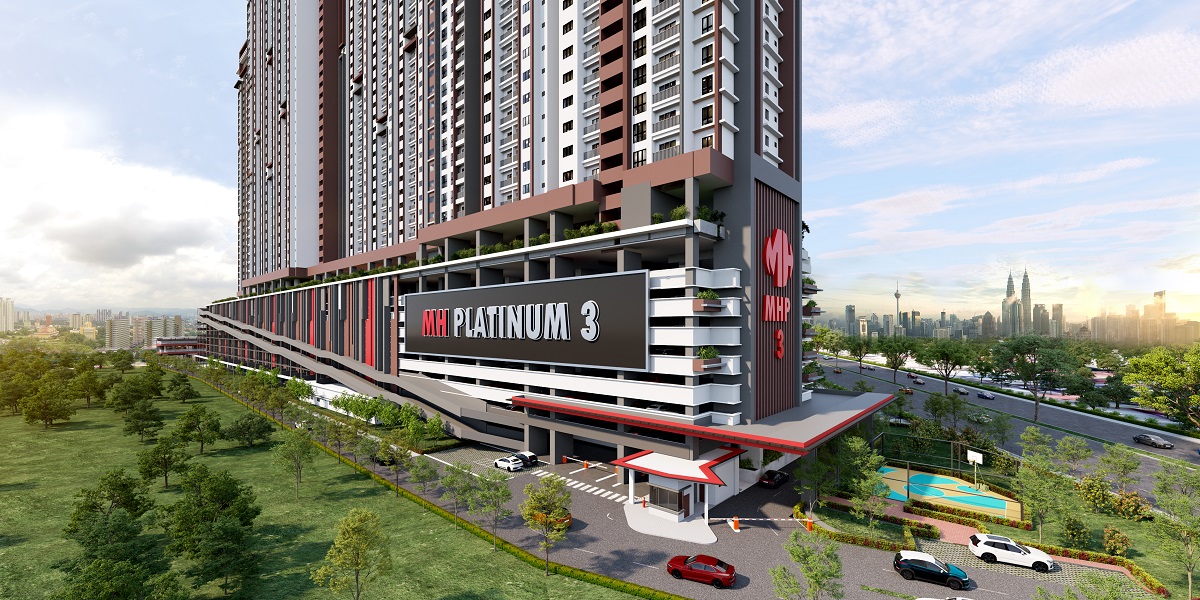IN 2009, when the world was reeling from the impact of the global financial crisis and market sentiment was weak, Chris Cheah and David Tan decided to get together to establish a private real estate fund management company.
It wasn't easy, especially with the economic environment at that time, says Cheah, a former head of Property Asia at ANZ Bank.
But he and Tan — a former CEO of Singapore's CapitaCommercial Trust — persisted as they felt it was the right time to invest, particularly in the Australian office sector.
Although they had extensive experience in banking, investing and the property market, Cheah and Tan knew they needed something more to turn their venture into a success.
"We realised that it was important to package for the institutional investors and that was when we approached CIMB Bank, which has been very supportive. CIMB agreed to set up the trust and together, we approached institutional investors," says Cheah.
That was how CIMB TrustCapital Advisors Singapore Pte Ltd (CTC) came to be. CIMB owns 65%, TrustCapital Advisors Pte Ltd has 30%, and the staff at CTC the remaining 5% in the outfit, where Cheah is the CEO and Tan is executive director.
CTC set up its first real estate fund, Australian Office Fund No 1 (AOF1), in November 2010 with a fund size of A$161.5 million with another circa A$300 million available for co-investment. The company began investing in the ustralian office sector in early 2011, and within 18 months had acquired four Grade A assets worth a total of A$530 million (RM1.69 billion). AOF1 was fully invested by June 29, 2012.
CTC is launching its second fund, Australian Office Fund No 2 (AOF2), with a targeted committed capital of A$300 million to A$400 million. Its first closing is anticipated to be around Jan 31, 2013, and the final closing will be within six months from the initial closing date.
Making a case for Australia
With much of the focus on China and India, two of the world's fastest growing economies, some may question the rationale behind CTC's two Australian-focused funds.
"If you ask anyone where they want to put their money, they will say Asia and by Asia, they usually mean China and India. Some people don't even consider Australia as part of Asia. But if you look closely, Australia is a proxy for Asia due to its strong economic linkages with the region," says Cheah.
According to the Composition of Trade Australia 2010-2011 by the Australian Department of Foreign Affairs and Trade, the country's top four export markets in 2010/11 were China (23.7%), Japan (16.4%), South Korea (8.2%) and India (6.1%).
Seven out of Australia's top 10 export markets are in Asia, including Taiwan, Singapore and Thailand.
"Australian resources, tourism and education all cater for Asia. If Asia booms, Australia will enjoy the same benefits. Australia is not just a proxy but a triple A proxy for Asia. You get Asian type of growth and fundamentals but with an AAA-rated sovereign country that has a sound banking system and good corporate governance. So from a long-term perspective, Australia is a good investment choice," says Cheah.
Economy-wise, Australia remains sound. The Reserve Bank of Australia has a current cash rate of 3.25%, which is among the highest in the developed world, he adds.
According to the Australian Government Budget Paper No 1: Budget Strategy and Outlook 2011-12 , Statement 7: Asset and Liability Management, net government debt is expected to peak at 7.2% of its gross domestic product in 2011/12, which is low by international standards.
On the real estate side, Cheah notes that Australia's last downturn was in the early 1990s. "After the last downturn, the banks behaved in a very unique way — unless the developer's product had demand, the banks would not lend them money to provide the supply. This means you must have 60% to 70% signed leases before the banks would lend you money," says Cheah.
This move ensured that there would be no oversupply in the market, and without oversupply, property prices would not dip, says Cheah, adding that office occupancies have stayed at 90% to 94% for the past few years.
According to the Property Council of Australia and CB Richard Ellis Australia, the total vacancy rate fell from 8.4% to 8% in 1H2011, net additions in Australia's central business districts fell 42% below the six-monthly average for the first time since 2006 while the net absorption rate remained the same over the same period., he notes. The national vacancy rate is still trending above the 10-year average and the investment volume went up to 69 transactions worth A$4.74 billion between June 2010 and June 2011.
Cheah notes that superannuation funds, which are the largest domestic players with fund sizes of A$1.2 trillion, are currently sidelined due to the denominator effect of falling equity market and portfolio rebalancing as allocations to real estate have been exceeded.
"Normally, superannuation funds allocate 10% to direct and indirect real estate. All these traditional players are out of play and it's a window of opportunity for us to go in," says Cheah.
Cheah foresees a "wall of money" coming from the superannuation sector by 2020, and cites a forecast by Gail Kelly, CEO of Westpac, one of Australia's big four banks, that the pool of superannuation funds will reach A$4 trillion by 2020 and A$6 trillion by 2025 from contributions by working Australians. Based on this, he says investment in property by the superannuation sector alone will reach A$400 billion by 2020, which translates into good returns for investors.
"During the global financial crisis, there were only eight banks with double A or better ratings in the world and four of the eight were Australian banks. So, solid country level, solid property level and solid banking system. If you want to invest in the current environment, you would want this kind of destination," says Cheah.
Savvy buyer
In this business, says Cheah, the most important thing is sourcing for assets because there's nothing you can do with money but no assets. In this sense, he believes CTC has bought well.
For the first fund, CTC evaluated about 40 deals worth over A$4 billion, made six offers and closed four. It bought directly from major property groups such as Lend Lease, Walker Corp and Investa.
"Delivery and execution is very important. When you are able to successfully close the deals, it gives vendors certainty of execution. You'll attract their attention and often, even when they have similar or better offers, they will still choose us because they want to get the work done. Before, we had to knock on every door to introduce ourselves but now, it's no longer a problem," says Cheah.
For the first fund, CTC promised its investors a few things — it would only buy Grade A or B+ assets in central business districts in Sydney, Canberra, Melbourne and Brisbane, and that all assets acquired would have more than 7% yield and leases longer than five years.
"We were supposed to have an investment period of two years, but within 18 months, we were fully invested within the parameters we had set for ourselves. We are targeting an internal rate of return (IRR) of not less than 10% after deducting our fees and tax. We are very comfortable to achieve that," says Cheah.
AOF1 has two office buildings in Melbourne, and one each in Canberra and Brisbane.
"In this current environment, people say there's a lot of volatility so they want to invest in safer products. Australian bonds are highly sought after because the yield is about 3%, which is high in the current environment. Our building in Canberra, for instance, has a yield of 7.5% and after including our gearing, we are targeting returns of about 10% to 12%. Our investors are pension funds, institutions … and they love this sort of assets. So if you ask me about investing in China, you can't get this kind of certainty and quality," says Cheah.
The Canberra building, 50 Marcus Clarke Street, has a six-star Green Star rating — the highest possible rating. It was acquired for A$225.888 million with an initial fully leased yield of 7.5%. Its tenant is the Australian Department of Education, Employment and Work Relations. Green Star is an environmental rating system developed by the Green Building Council of Australia.
Second fund
Cheah is optimistic about the prospects for the second fund. "So far, the response has been encouraging, but we have to work very hard. The market is not easy at the moment. We will continue to cover as many potential investors as possible. Generally in this business, the first fund is the hardest as we don't have the track record. But now that we do, things are looking good," says Cheah.
To instil confidence in investors, CIMB invested A$20 million in AOF1 and will invest the same amount in AOF2. Cheah, Tan and another colleague have also invested A$1 million in AOF1 and will invest another A$1 million in AOF2. CTC is targeting to raise A$300 million to A$400 million for AOF2, from the A$250 million it achieved with AOF1. "If we raise the targeted amount, we could potentially buy up to A$1 billion worth of assets. By investing ourselves, we are putting our money where our mouth is," says Cheah.
One of CTC's aims is to achieve total assets under management (AUM) of A$1 billion by end-2013 and A$1.4 billion by end-2015, which Cheah is confident of achieving, given that by June, the company already had A$530 million in AUM.
Nevertheless, Cheah concedes that the market is tight at the moment. Potential investors he met on a recent trip to London and Amsterdam told him as much and asked how AOF1 managed to achieve the set parameters when other Australian fund managers painted a more subdued picture.
"I honestly didn't expect much because we were meeting the potential investors for the first time. What we concluded mutually was that the other Australian fund managers they had met represented the vendors. Most have existing portfolios, which in a way is a conflict of interest. They have to protect their portfolios whereas we are genuine buyers. We are quite unique in that sense," says Cheah.
He believes that CTC's product is for the current market because the equity market is quite volatile. "What we do — buying direct real estate assets with long-term leases and secure income — is getting pretty good reception from our investors who want something tangible as opposed to a piece of paper. We will also be distributing dividends regularly, paying quarterly, and we aim to pay around 7%. That is attractive in the current environment," says Cheah.
AOF2 will have a fund life of eight years with a three-year investment period. CTC is targeting an initial purchase yield at an asset level of above 7% per year, an IRR of 10% to 12%, and a 10% hurdle for carried interest. Its asset investment criteria and strategy is similar to AOF1, but Perth will be included in the second fund.
"We actually considered Perth for the first fund but most people are familiar with the eastern seaboard, so that's why we started there. We think Perth is a market we can't ignore and has potential for diversification. Different cities have different environments, demand and supply and drivers. For example, if you have a global financial crisis, you have to be careful with Sydney as it is a financial centre. If you have a major downturn in commodities, Perth is the place you want to avoid. But overall, Australia is on a very strong footing right now," says Cheah.
CTC plans to eventually exit via a trade sale of individual assets, a portfolio sale or a listing as a real estate investment trust.
This story first appeared in The Edge weekly edition of Nov 19-25, 2012.
TOP PICKS BY EDGEPROP

Far East Residence @ Kuchai
Kuchai Lama, Kuala Lumpur
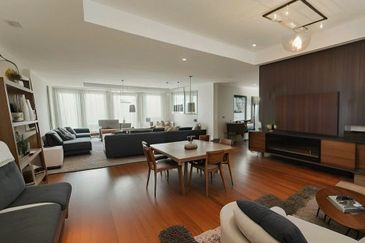
Bandar Puteri Puchong
Bandar Puteri Puchong, Selangor

Bandar Puteri Puchong
Bandar Puteri Puchong, Selangor

Far East Residence @ Kuchai
Kuchai Lama, Kuala Lumpur
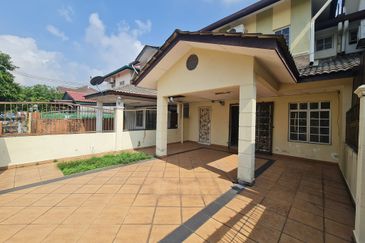
Bandar Kinrara 4
Bandar Kinrara Puchong, Selangor
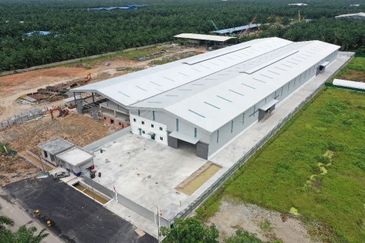
Telok Panglima Garang Industrial Zone
Telok Panglima Garang, Selangor

